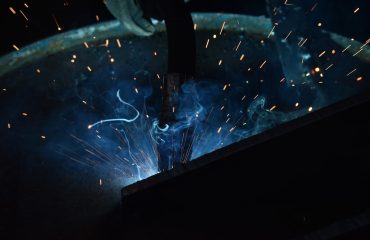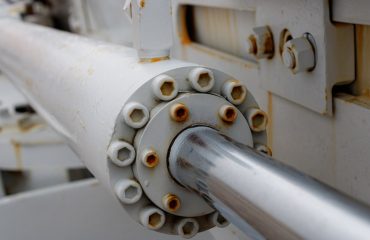body {
font-family: sans-serif;
line-height: 1.6;
}
h1, h2, h3 {
color: #333;
}
h1 {
font-size: 2.5em;
}
h2 {
font-size: 2em;
}
h3 {
font-size: 1.5em;
}
code {
background-color: #f0f0f0;
padding: 2px 4px;
border-radius: 4px;
}
Steel frames are ubiquitous in modern construction, offering strength, flexibility, and speed of construction. Designing these frames, however, requires a deep understanding of structural engineering principles, material properties, and relevant building codes. This comprehensive guide delves into the key aspects of steel frame design, providing a solid foundation for engineers and students alike.
1. Understanding Load Determination and Analysis
Accurate load determination is paramount in steel frame design. This involves identifying all forces acting on the structure, including:
- Dead Loads: The weight of the structure itself (steel members, cladding, roofing).
- Live Loads: Variable loads such as occupancy loads (people, furniture), snow loads, and wind loads.
- Environmental Loads: Seismic loads (earthquakes), and thermal loads (temperature variations).
Once loads are determined, structural analysis techniques, such as finite element analysis (FEA) or simplified methods like portal frame analysis, are employed to calculate internal forces (axial forces, shear forces, bending moments) in each member. Software packages like ETABS, SAP2000, and RISA-3D are commonly used for this purpose. Understanding the distribution of these forces is crucial for selecting appropriate steel sections.
2. Steel Section Selection and Material Properties
Selecting the right steel section is crucial for both structural integrity and economic efficiency. Several factors influence this decision:
- Strength Requirements: The section must be able to resist the calculated internal forces without yielding or buckling.
- Stiffness Requirements: The section must provide sufficient stiffness to limit deflections and maintain serviceability.
- Cost Considerations: Optimizing the design to minimize the amount of steel used without compromising safety is essential.
- Availability: The chosen section should be readily available from local steel suppliers.
Steel material properties, such as yield strength (fy) and modulus of elasticity (E), are critical inputs in the design calculations. These properties are specified in relevant steel standards (e.g., ASTM A992).
3. Designing Steel Connections
Steel connections are critical elements that transfer forces between structural members. The design of connections must ensure sufficient strength and stiffness to resist the anticipated loads. Common connection types include:
- Bolted Connections: Relatively simple and economical, using high-strength bolts to transfer shear and moment.
- Welded Connections: Offer high strength and stiffness but require skilled welders and quality control.
- Moment Connections: Designed to transfer both shear and moment, providing greater rigidity to the frame.
- Pinned Connections: Transfer only shear forces, allowing for greater rotation at the joint.
Connection design involves detailed calculations to determine bolt sizes, weld sizes, and plate thicknesses, ensuring that the connection’s capacity exceeds the applied loads. Proper detailing is crucial to prevent premature failure.
4. Code Compliance and Design Standards
Steel frame design must adhere to relevant building codes and design standards to ensure public safety. These codes specify design loads, material properties, and design procedures. Examples include:
- AISC (American Institute of Steel Construction): Provides design specifications for structural steel buildings in North America.
- Eurocode 3: The European standard for the design of steel structures.
- AS/NZS 4600: Australian and New Zealand standard for the design of steel structures.
Understanding these codes is essential to ensure the designed frame meets the required safety and performance criteria. Designers must also consider local regulations and specific project requirements.
5. Detailing and Fabrication Considerations
Detailed drawings are crucial for the successful fabrication and erection of the steel frame. These drawings must clearly show:
- Member Sizes and Locations: Precise dimensions and locations of all steel members.
- Connection Details: Clear specifications of all bolted and welded connections, including bolt sizes, weld types, and plate thicknesses.
- Material Specifications: Details of the steel grade and other material properties.
- Fabrication Tolerances: Acceptable variations in dimensions and fabrication processes.
Collaboration with fabricators is essential to ensure that the design is feasible and cost-effective to construct. Consideration should be given to fabrication limitations and potential challenges during erection.
Designing steel frames is a complex process requiring expertise in structural analysis, material science, and building codes. By carefully considering the factors outlined above, engineers can design robust, efficient, and safe steel structures that meet the demands of modern construction.
SEO Tags:
- Steel Frame Design
- Structural Steel Design
- Steel Frame Analysis
- Steel Connections
- Steel Building Design




